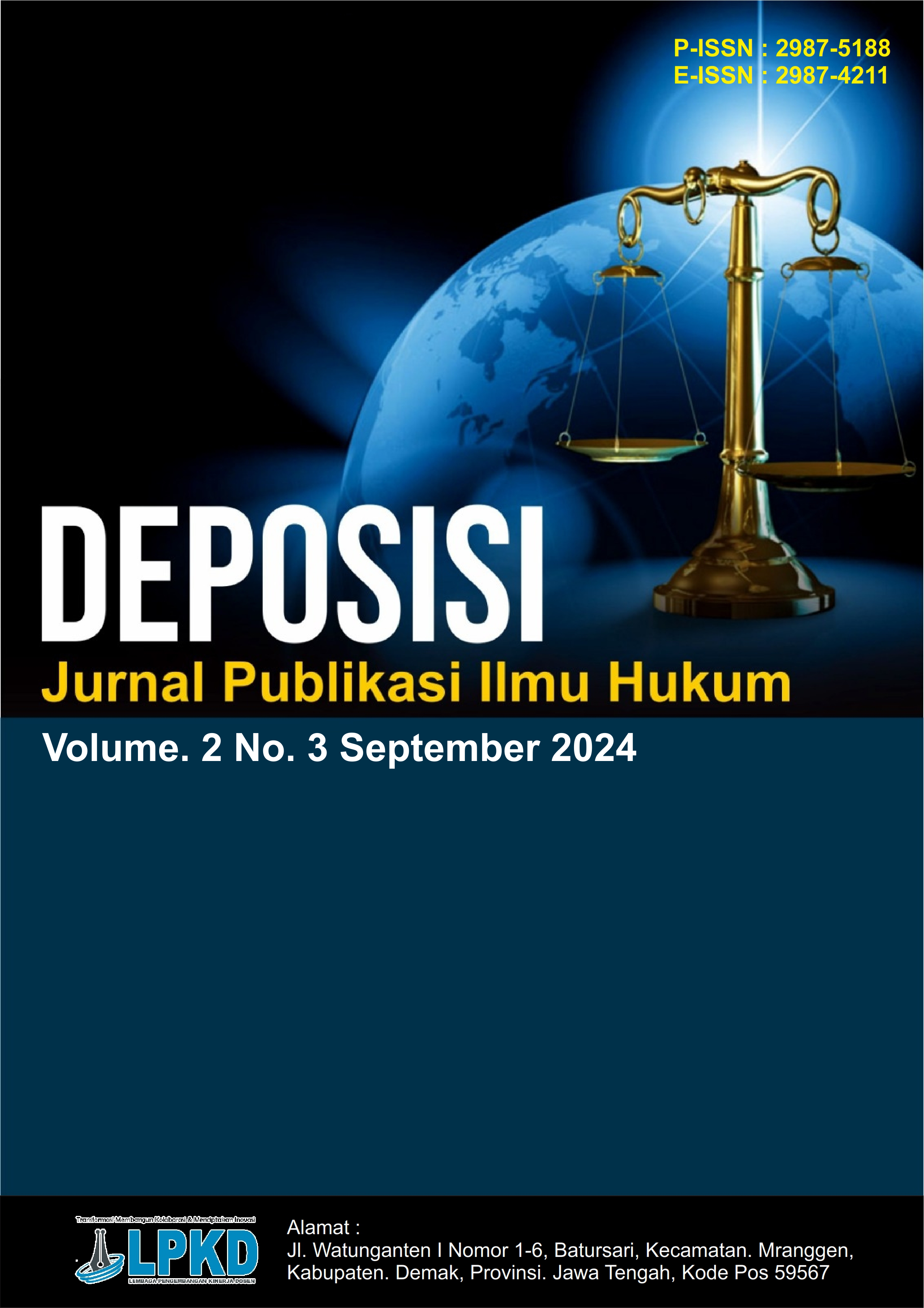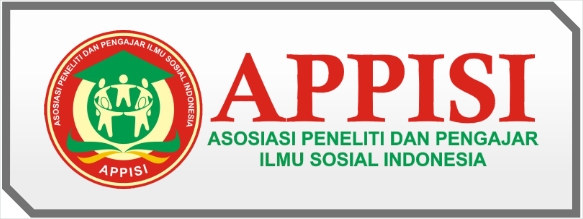Penanggulangan Kriminal Oleh Pemkot Surabaya Melalui Pendekatan Teori Disorganisasi Sosial
DOI:
https://doi.org/10.59581/deposisi.v2i4.4265Keywords:
Crime, Social disintegration, Crime prevention, City governmentAbstract
Surabaya is a prototype with industrialization in the growth of the city. In such an environment, crime occurs due to the pressure of forces that divide society, causing social bonds to break and resulting in higher crime rates. Theories of crime in the context of social disorganization discuss the social and spatial structure of a community and how these factors can influence criminal behavior. These theories assume that poor social organization, low socioeconomic status, weak social ties, and high spatial mobility can lead to a lack of social control, which in turn can encourage criminal behavior. The crime theories in the context of social disorganization, particularly the theory developed by Shaw and McKay, focus on how the social and spatial structure of a community can affect criminal behavior. This study was conducted in Surabaya, which is undergoing social changes due to environmental factors, poverty, ethnic wealth, educational status, and an underdeveloped per capita welfare. Data was obtained through surveys and interviews with local residents, as well as statistical analysis related to crime rates. The research findings show that areas with higher levels of social disintegration tend to have higher crime rates. Factors such as unemployment, economic inequality, and weakening social ties have been found to significantly contribute to the increase in crime. In conclusion, social disintegration is a key factor that drives individuals to engage in criminal acts, especially in societies experiencing socio-economic inequalities. Therefore, crime prevention efforts require a comprehensive approach, including strengthening social and economic structures in society through the city government.
References
Black, D. (2020). The behavior of law (Prof. Dr. John Pieris, Trans.). Pelangi Cendekia and Program Doctor Ilmu Hukum UKI & Pulsit UKI. (Original work published 1976)
Greenberg, S., Rohe, W. M., & Williams, J. R. (1982). Safe and secure neighborhoods: Physical characteristics and informal territorial control in high and low crime neighborhoods. National Institute of Justice.
Ismail, N. (1983). Pola hubungan sosial tokoh-tokoh agama dalam rangka kerukunan umat beragama: Kasus di Kelurahan Cigugur Tengah, Cimahi, Jawa Barat. Sintesis, 1(1).
Jawapos. (n.d.). Jumlah penduduk kota Surabaya terus meningkat, Dispendukcapil perketat pengawasan arus pendatang yang masuk pasca Lebaran. Jawapos. Retrieved from https://www.jawapos.com/surabaya-raya/014463483/jumlah-penduduk-kota-surabaya-terus-meningkatdispendukcapil-perketat-pengawasan-arus-pendatang-yang-masuk-pasca-lebaran
Kornhauser, R. R. (1978). Social sources of delinquency. University of Chicago Press.
Kuciswara, D., Muslihatiningsih, F., & Santoso, E. (2021). Pengaruh urbanisasi, tingkat kemiskinan, dan ketimpangan pendapatan terhadap kriminalitas di Provinsi Jawa Timur. Jurnal Akuntansi dan Ekonomi, 6(3).
Lemert, E. M. (1967). The concept of secondary deviation. In Human deviance, social problems, and social control. Prentice-Hall.
Peraturan Pemerintah No. 38 Tahun 2007 Tentang Pembagian Urusan Pemerintahan Antara Pemerintah, Pemerintah Provinsi, Pemerintah Kabupaten/Kota.
Safi’, A. (2016). Politik hukum penyatuan kewenangan judicial review. DIVA Press.
Santoso, L. (2017). Etnografi warung kopi: Politik identitas cangkrukan di kota Surabaya dan Sidoarjo. Mozaik Humaniora, 17(1), 113-125.
Thomas, W. I., & Znaniecki, F. (1920). The Polish peasant in Europe and America (Vol. IV). Gorham Press.
Universitas Terbuka. (n.d.). Sosiologi 4305 - M1. Retrieved from http://repository.ut.ac.id/4578/2/SOSI4305-M1.pdf
Downloads
Published
How to Cite
Issue
Section
License
Copyright (c) 2024 Deposisi: Jurnal Publikasi Ilmu Hukum

This work is licensed under a Creative Commons Attribution-ShareAlike 4.0 International License.














